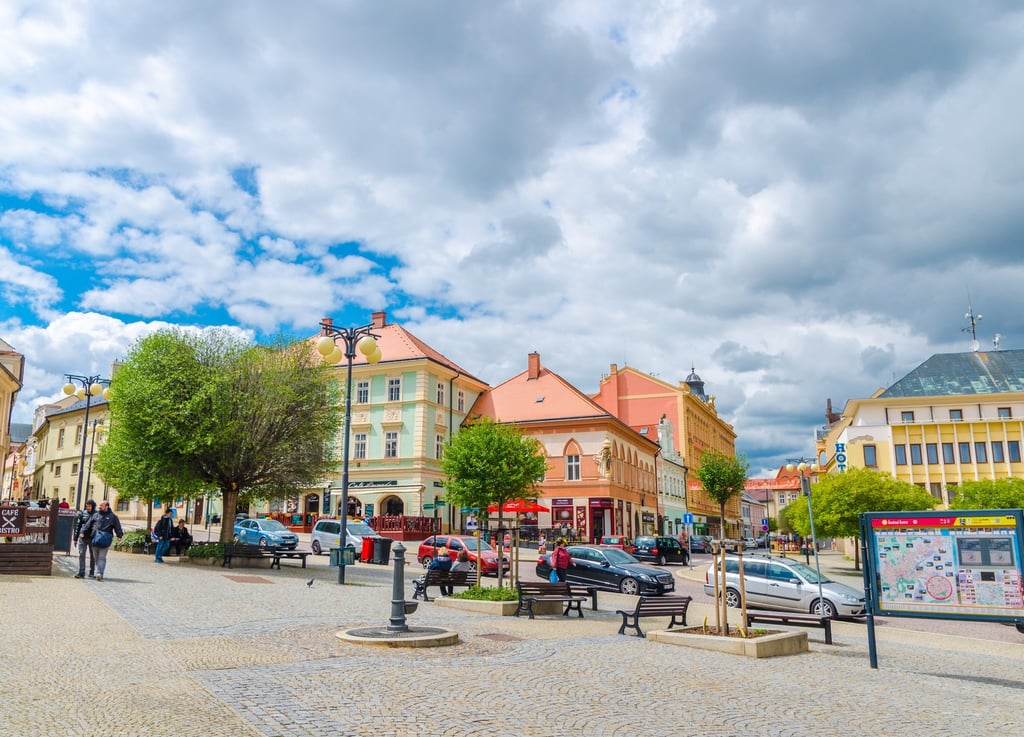Key Facts about Kutná Hora, Czech Republic
Steeped in medieval grandeur, Kutná Hora offers a fascinating glimpse into Bohemia’s silver age. Its cathedrals and cobbled alleys whisper tales of prosperity, artistry, and devotion. From the haunting beauty of the Bone Church to the soaring spires of St. Barbara’s Cathedral, the town blends the eerie with the divine. Whether exploring the depths of an old silver mine or sipping a Czech beer under Gothic arches, Kutná Hora promises an experience as rich as its history.
10/9/20252 min read


Location
Kutná Hora is a historic town located in Central Bohemia, about 80 km east of Prague, Czech Republic. Once a major medieval center of silver mining, it now stands as a UNESCO World Heritage Site, offering visitors a journey through Gothic architecture and Bohemian history.
Known for
Kutná Hora is renowned for its stunning Gothic architecture, particularly the Cathedral of St. Barbara, and the world-famous Sedlec Ossuary (Bone Church), decorated with the bones of more than 40,000 people. The town’s rich past as a medieval silver-mining hub made it one of the most important cities in Europe during the 14th and 15th centuries.
Best Time to Visit
Spring (April–June): Mild temperatures and blooming gardens make it perfect for walking tours.
Summer (July–August): Lively with festivals and open-air events.
Autumn (September–October): Beautiful fall colors and fewer crowds.
Winter (November–March): Quiet and atmospheric, especially around Christmas.
Local Language
Czech. English and German are also spoken in most tourist areas.
Currency
Czech Koruna (CZK).
Getting There
By train: Regular direct trains from Prague’s main station take about 1 hour.
By car: About 1.5 hours via the D11 highway from Prague.
By bus: Frequent daily buses connect Kutná Hora with Prague and neighboring towns.
By air: The nearest international airport is Václav Havel Airport Prague (PRG).
Top Attractions
Cathedral of St. Barbara: A masterpiece of Gothic architecture dedicated to miners, with stunning stained glass and vaulted ceilings.
Sedlec Ossuary (Bone Church): A small chapel decorated with human bones arranged into chandeliers, coats of arms, and ornaments—a hauntingly unique sight.
Italian Court (Vlašský Dvůr): Former royal mint and residence of Bohemian kings, showcasing medieval coin-making.
Church of the Assumption of Our Lady and Saint John the Baptist: A UNESCO-listed example of early Gothic and Baroque design.
Stone Fountain: A beautifully carved 15th-century structure symbolizing Kutná Hora’s wealth.
Hrádek (Little Castle): Now home to the Czech Museum of Silver, where visitors can tour old mining tunnels.
Historic Center: Wander cobbled streets lined with pastel-colored façades and Renaissance houses.
Local Specialties
Svíčková: Marinated beef in a creamy vegetable sauce, served with dumplings.
Goulash with knedlíky: A rich stew paired with traditional Czech bread dumplings.
Czech beer: Try local brews or classics like Pilsner Urquell and Kozel.
Koláče: Sweet pastries filled with poppy seeds, fruit, or cheese.
Honey wine (Medovina): A traditional drink made from fermented honey.
Notable Events
Silver Festival (Kutnohorská Stříbrná): Held in June, this medieval celebration features parades, knights, and markets reenacting the town’s silver-mining glory days.
Wine Festival (September): Local wine tasting and folk performances.
Christmas Market (December): Festive atmosphere with crafts and Czech treats in the historic center.
St. Barbara’s Day (December 4): Celebrations honoring miners’ patron saint.
Contact us
Copyright © 2025. Ralnoscape All rights reserved.
Destinations
Resources


Follow us
This website uses affiliate links which may earn a commission at no additional cost to you
